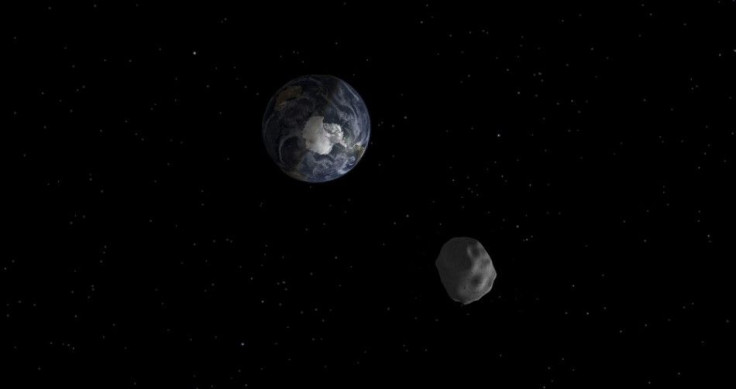Rare Flyby: Mountain-Sized Asteroid Flies Past Earth

A mountain-sized asteroid called 2004 BL86 flew past the Earth, with the closest distance being 1.2 million kilometres from the planet. Astronomers are of the belief that this rare flyby would not be seen again for another decade. It was reported that the next huge asteroid that would come close to the Earth would be asteroid AN10 in 2027.
According to ABC News, the 2004 BL86 asteroid was three times farther away from the Earth when it passed than when compared to the Moon, because of which, there was no risk of a collision. The asteroid had a diameter of half a kilometre, while other asteroids usually measured between 15 and 30 metres.
2004 BL86 would not pass by for another 200 years, that's why the astronomers were excited about this flyby. Lance Benner, a research scientist in the Jet Propulsion Laboratory at National Aeronautic and Space Administration(NASA) and a radar astronomer, said that currently, they know almost nothing about the asteroids. He added that there were bound to be surprises. He explained that they would have the first detailed images when they got their radar data.
The asteroid was seen on the night of Jan 26 at 03:00 am AEDT. The asteroid was close to Jupiter on the morning of Jan 27 and would be at its brightest at 03.00 pm on Jan 27. NASA said that the naked eye could not see the asteroid, but strong binoculars and small telescopes could help see the asteroid.
Don Yeomans, a retired manager of the Near Earth Object Program Office at NASA's Jet Propulsion Laboratory, said that asteroids were something special. He said that asteroids did not only provide the Earth with building blocks of life and water, but it would also become a resource for mineral ores as well as other natural resources in the future.
Yeomans explained that as the scientists continued to explore the solar system, the asteroids would become the fuel stops for humans. He said that there was something about the asteroids that made him want to look up.
Contact the writer: afza.kandrikar@gmail.com





















